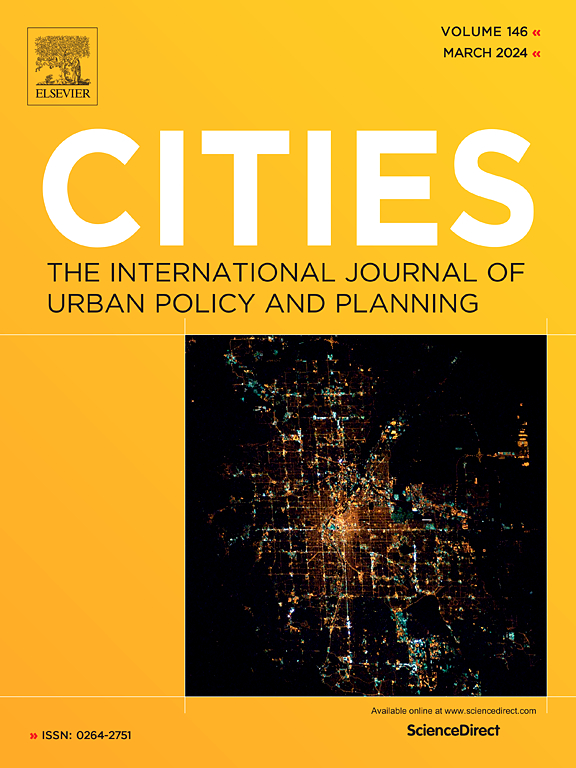Mapping mobility: Introduction of an index-based approach to understanding human mobilities
IF 6
1区 经济学
Q1 URBAN STUDIES
引用次数: 0
Abstract
This paper discusses the multifaceted challenges associated with translating the concept of human mobilities into practical application within the realm of international planning. Additionally, it introduces the utilization of a scientific index methodology as a viable solution to address these challenges. Although scientific indices are not commonly employed in planning practices, they prove to be well-suited for the structured operationalization of intricate phenomena, such as mobility. Following a concise theoretical overview, this paper systematically outlines the process of operationalizing a social science-based concept of mobility to create an index. To facilitate this endeavor, a theoretical framework for a Mobility Index is constructed, and a comprehensive list of essential indicators required for its computation is developed, drawing from international research. Subsequently, this spatial mobility index is computed using accessibility and user survey data from a district in Berlin, Germany. The outcomes of this index are then visually depicted on maps, offering a clear representation of disparities in mobility options across the studied area. Consequently, the mobility index introduces an innovative approach for planning professionals to identify variations in human mobilities within their study areas, facilitating more informed decision-making.
绘制流动图:采用基于指数的方法了解人类流动性
本文讨论了在国际规划领域将人类流动性概念转化为实际应用所面临的多方面挑战。此外,本文还介绍了利用科学指数方法来应对这些挑战的可行方案。虽然科学指数在规划实践中并不常用,但事实证明,它们非常适合于对流动性等复杂现象进行结构化操作。在简明扼要的理论概述之后,本文系统地概述了将基于社会科学的流动性概念操作化以创建指数的过程。为了促进这项工作,本文构建了流动性指数的理论框架,并借鉴国际研究成果,制定了计算流动性指数所需的基本指标综合清单。随后,利用德国柏林一个地区的可达性和用户调查数据,计算出这一空间流动性指数。该指数的结果被直观地描绘在地图上,清晰地展示了研究区域内流动性选择的差异。因此,流动性指数为规划专业人员提供了一种创新方法,可用于识别研究区域内人类流动性的差异,从而有助于做出更明智的决策。
本文章由计算机程序翻译,如有差异,请以英文原文为准。
求助全文
约1分钟内获得全文
求助全文
来源期刊

Cities
URBAN STUDIES-
CiteScore
11.20
自引率
9.00%
发文量
517
期刊介绍:
Cities offers a comprehensive range of articles on all aspects of urban policy. It provides an international and interdisciplinary platform for the exchange of ideas and information between urban planners and policy makers from national and local government, non-government organizations, academia and consultancy. The primary aims of the journal are to analyse and assess past and present urban development and management as a reflection of effective, ineffective and non-existent planning policies; and the promotion of the implementation of appropriate urban policies in both the developed and the developing world.
 求助内容:
求助内容: 应助结果提醒方式:
应助结果提醒方式:


